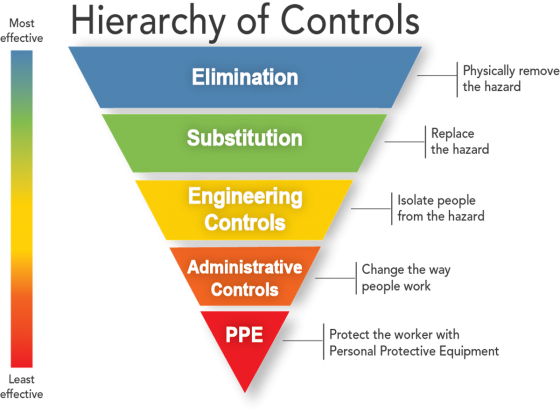What is Hazard ?
Research laboratories are dynamic, fluid environments. For the most part, no two days are alike; experiments change frequently and represent a variety of hazards. Lab workers also represent a wide range of backgrounds and skills, from high school students to scientists with decades of experience. Hazard identification and evaluation, hazard controls, roles and responsibilities, and general chemical safety are all important parts of this assessment.
Hazard Identification and Evaluation
Before beginning the hazard evaluation and risk assessment process, a researcher must define the scope of work. What are the tasks that must be evaluated? A well-defined scope of work is a key starting point for all steps in the risk assessment and hazard analysis. The next step after identifying the scope of work is to identify the hazard. A HAZARD IS A POTENTIAL FOR HARM. Hazards can be identified as an agent, condition, or activity that has the potential to cause injury, illness, loss of property, or damage to the environment. The table below has been adapted from Identifying and Evaluating Hazards in Research Laboratories, which you can find in the Resource tab to the right
